All about soil for tomato seedlings
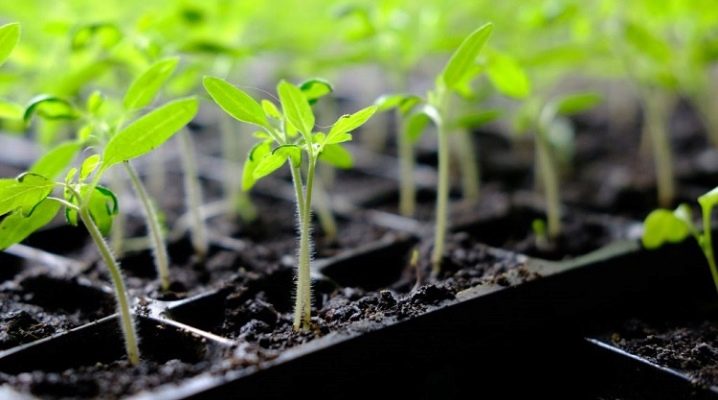
In the process of germinating seedlings at home, the choice of soil plays an important role. The preferred composition should, if possible, not only be additionally enriched with some elements, but also disinfected and tested for acidity.
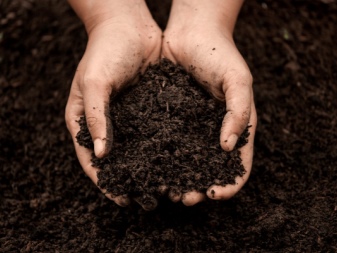
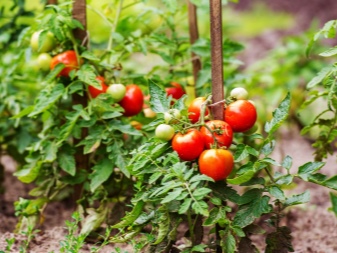
Primary requirements
Soil for tomato seedlings should promote the rapid development of seedlings. This means that simply planting the crop in nutrient-rich soil will not be enough, although this condition is also important. An ideal soil for tomato seedlings should additionally have good air permeability and provide the desired level of moisture in the garden.
Necessary, so that the pH is about 6.5 units, that is, it was close to neutral, and the heat capacity of the soil mixture was normal. Of course, insect larvae, weed seeds, or fungal spores or bacteria should not be found in the ground for the construction of seedlings. The advantage will be the presence of active microorganisms in the mixture, which accelerate the absorption of organic elements from the soil by the plant.
The land for planting tomato seeds at home should not be taken from the garden. There are several reasons for this: firstly, such a mixture is considered too coarse for fragile seedlings, and secondly, the amount of nutrients in it is not so great. It should also be mentioned that tomato seedlings in the early stages of development are characterized by increased sensitivity, and it can only develop on a well-loosened, literally airy soil mixture, cleared of lumps.
You cannot also use old soil - that is, one that has caked or has already become solid. In the composition of the selected mixture, the presence of toxic substances, for example, salts of heavy metals or products of the oil refining industry, must not be allowed.
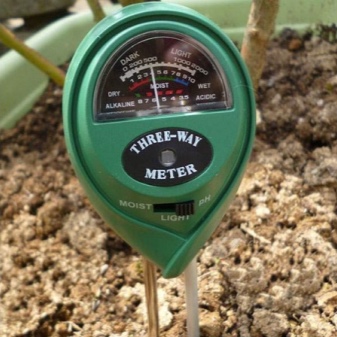
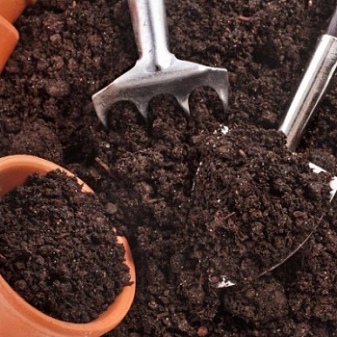
Popular manufacturers
Despite the fact that most gardeners prefer to make their own mixtures for tomato seedlings, it is quite possible to buy a suitable composition in a specialized store.
- The rating of soils includes a universal product from Terra Vita based on high-moor peat, vermicompost and sand. The composition of the product also contains perlite, growth stimulants and all nutrients suitable for the culture. The acidity of the mix is considered optimal for tomatoes.
- A variation of "Tomato and Pepper" from the manufacturer called "Miracle Bed" combines high-moor and low-lying peat. The loose and homogeneous mass is ideal for growing sensitive seedlings of these crops.
- Nutrient soil of the Malyshok brand gets good reviews. The variety is intended for the construction of nightshades, and therefore contains all the components necessary for tomatoes. The composition contains dolomite flour, as well as a mineral complex.
- Specialized soil for tomato seedlings Agricola enriched with potassium, nitrogen and phosphorus.
- Interesting soil mixture from "Gumimax" - a mix based on lowland peat and disinfected river sand with the addition of humic acids.
- A soil mixture known as "Microparnik", in addition to the usual components, has in its composition "Pi-Gi-Mix" - a special hydro-complex, enclosed in a granular form.
- Suitable for tomatoes and "Biudgrunt" - a nutrient mixture combining two types of peat, sand, dolomite chips and Biud manure compost.Bone meal, vermiculite and phlogopite can also be found among the components.
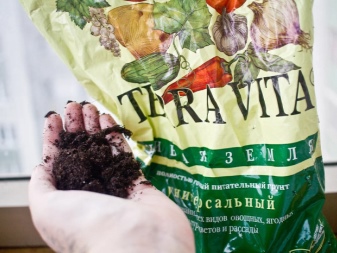

The choice of store soil
For beginner gardeners, it is best to choose ready-made soil mixtures. The finished substrate contains all the necessary trace elements, has a balanced composition and does not include any undesirable components. Nevertheless, When purchasing such products, it is always important to carefully study the acidity of the proposed mix.
It must also be remembered that when choosing between mixtures based on sour peat and without it, give preference to the latter correctly.
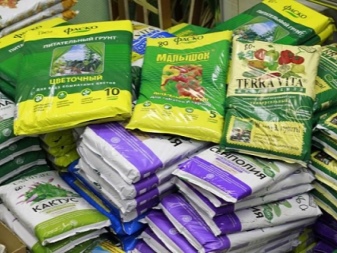
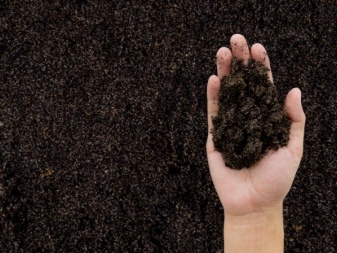
How to cook it yourself?
To correctly formulate a soil mixture for growing seedlings, you will have to start by preparing the components selected as a basis. For example, it can be river sand, non-acidic high-moor peat, humus and wood ash. Ripe sieved compost is considered an equivalent alternative to humus. Wood ash is also necessarily sieved... It is also allowed to use turf or leafy soil as a basis, but not the one that is located under chestnuts, oaks and willows, which means that it contains astringents.
They are poured into a wide container in equal proportions earth, sand and peat. After stirring them until smooth, it will be necessary to saturate the future soil with a nutritious "cocktail". The latter is recommended to be mixed from a bucket of settled water, 25 grams of superphosphate, 10 grams of urea and 30 grams of potassium sulfate. Cooking can also be carried out without adding liquid components - in this case, each bucket of soil is enriched with a pair of superphosphate matchboxes and 0.5 liters of wood ash.
A number of other components can be added to the composition of the resulting substrate, which have a beneficial effect on the development of tomato seedlings. For example, perlite - balls of volcanic origin, can be introduced instead of sand. Its significant advantage will be the uniform absorption of moisture from the ground and the same gradual "transfer" of moisture to the tomatoes. Whitish granules also have a good effect on air exchange, and therefore the seedlings will receive more oxygen. Perlite should be poured in the same amount as sand.
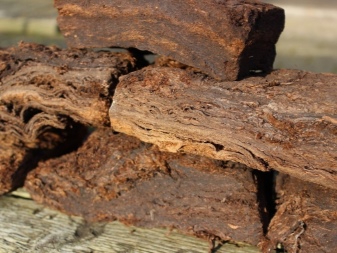
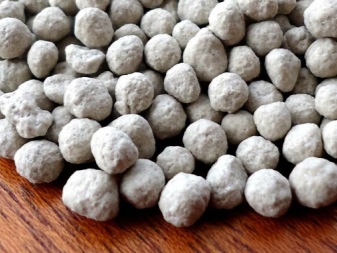
The presence of vermiculite... This component makes the soil mixture looser, and also balances the content of nutrients and liquid. This is due to the structure of the vermiculite itself - thin mica scales that absorb the above components, and then evenly guide them to the roots of the tomatoes. Vermiculite is also filled in instead of sand so that its share is 30%.
Sapropel - a crumbly black substance, extracted from the bottom of fresh water bodies. Not only is it rich in all of the beneficial nightshade nutrients, it is also enriched with naturally occurring growth stimulants. The amount of sapropel in the soil should be equal to the amount of sand, to which it is an alternative. Vermicompost is very useful for seedlings. The organic product, free from spores, bacteria and larvae, has a rich composition. When self-compiling a soil mixture, vermicompost is added to sod land or peat in a ratio of 4 to 1.
When preparing the mixture, it is important to remember what products added to it, on the contrary, can harm future plantings. These are organic products that are in the decay stage. This process takes place with the release of a large amount of heat, and therefore will contribute to the combustion of tomato seeds. Clay substances should not be injected into the soil. They significantly change the state of the earth, making it lumpy, as a result of which the seedlings simply cannot germinate.
Of course, you should not take land collected on the territory of industrial enterprises or near roads - it is full of harmful impurities.You will also have to avoid soil collected in the beds where representatives of the genus Solanaceae or peas previously lived.
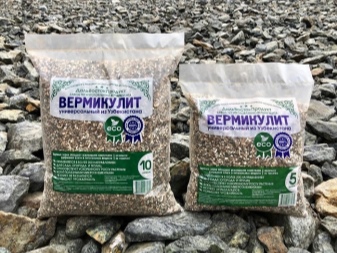
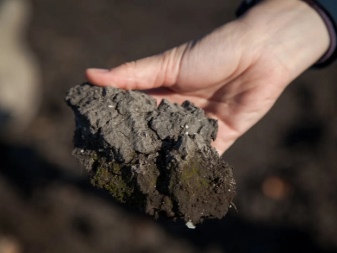
Preparing the land at home
The self-assembled substrate for growing tomatoes in an apartment has to be disinfected and evaluated by the level of acidity.
Acidity check
A deviation in one direction or another of the acidity level negatively affects the condition of the seedlings, which either get sick or do not grow at all. To determine whether the indicator is optimal for tomatoes, that is, neutral, is obtained using various improvised means. The easiest way is to buy a litmus paper at a pharmacy and prepare a distilled liquid. A small amount of earth is immersed in water, mixed and left for 15 minutes. Next, the contents of the vessel are mixed again, and after another 5 minutes you can proceed to research.
If the litmus paper, in contact with water, turns red, yellow or orange, this indicates the acidification of the soil. The appearance of a faint green color is an indicator of the neutrality of the test mass. Finally, the bright green piece of paper corresponds to alkaline soil. Even easier, the soil is checked with vinegar. It will be enough to pour a small amount of the mixture with liquid and assess whether any reaction occurs. The appearance of bubbles of carbon dioxide is a sign that the soil has normal acidity. In other cases, it can be concluded that the pH level is elevated.
Helps to assess the condition of the soil mix even grape juice. If placing a handful of earth in a liquid leads to a discoloration of the latter, as well as prolonged formation of bubbles, then everything is in order. The presence of freshly plucked blackcurrant leaves can also answer the question. The plates are filled with boiling water and infused, after which a small amount of soil is poured inside. The transformation of a colorless liquid into red indicates that the soil is highly acidic, and into pink - that it can be attributed to slightly acidic. A blue tint is typical for alkaline substances, and green for neutral substances.
The most difficult method involves the use of chalk... First of all, 5 tablespoons of room temperature water are poured into the bottle, and a couple of tablespoons of earth and a teaspoon of the crushed developer component are poured into the bottle. Further, the neck is closed with a fingertip, from which air has already been released. The increased acidity of the soil will lead to straightening or slightly raising the fingertip. Lack of reaction is possible in case of soil neutrality.
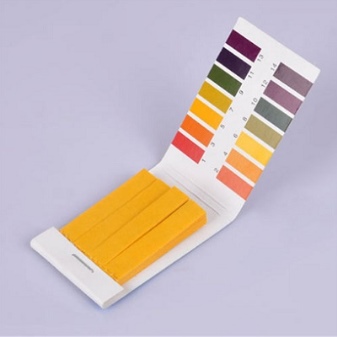
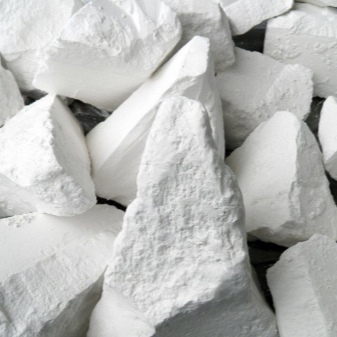
Disinfection
There are several ways to prepare soil for further planting seedlings. The simplest processing is carried out in the refrigerator: the earth is placed there for several days, and then it is extracted and warmed up in a natural way. You can repeat the procedure several times so that temperature fluctuations destroy all harmful microorganisms. In winter, the container with the earth is allowed to simply be taken out onto the balcony.
To cultivate the land is also obtained by the thermal method. If the gardener prefers calcining, then he leaves the mixture for half an hour in an oven heated to 80 degrees. Connoisseurs of steaming will organize a water bath, place soil on it in a cloth bag and carry out the procedure, which lasts about 10 minutes.
In principle, the soil mixture can be disinfected with the help of some preparations: pink potassium permanganate, fungicides or insecticides. In all cases, it is better to dry the processed mass by spreading it in a thin layer on paper or newspapers.
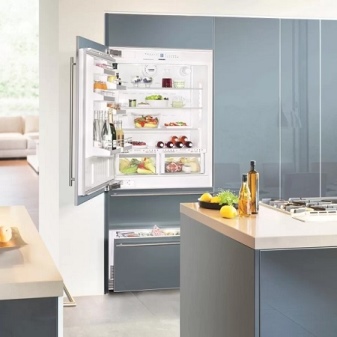
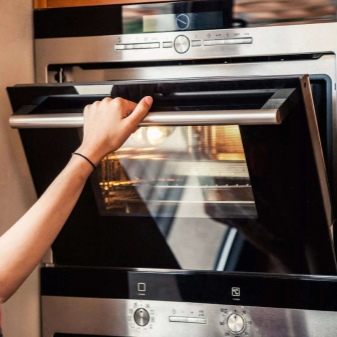













The comment was sent successfully.